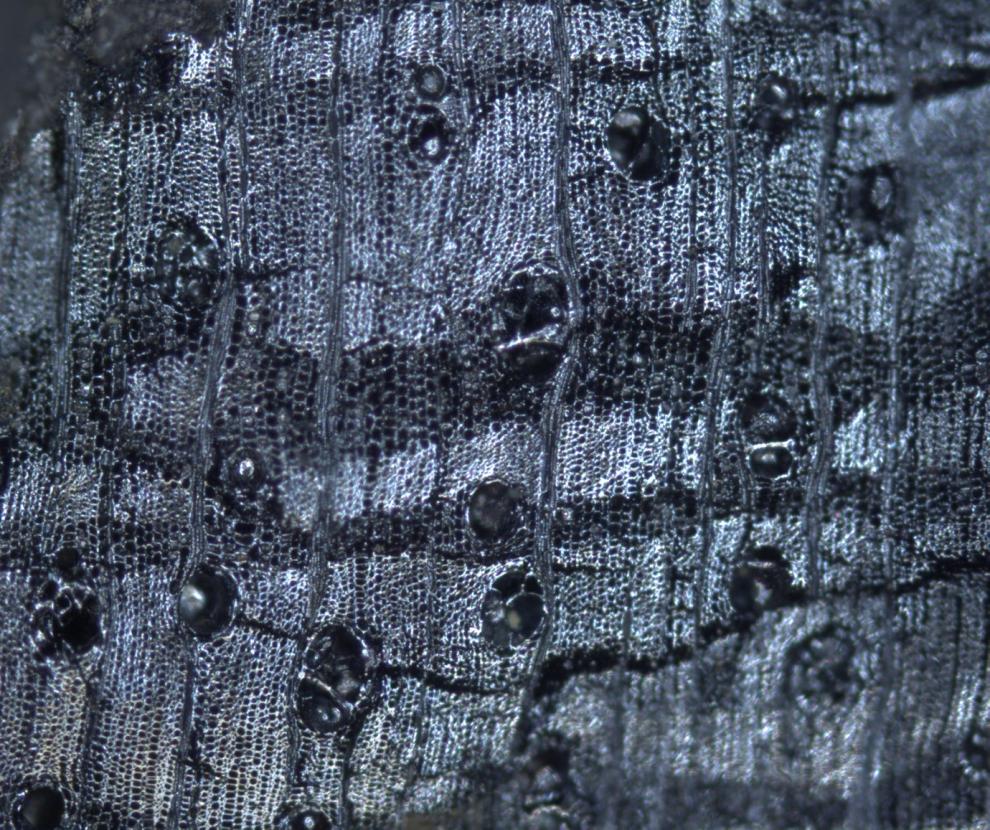
- Wet Tropics Management
- Legislative framework
- Management partnerships
- Sustainable Tourism Plan
- Threats to the Area
- Research and a Learning Landscape
- How can I help?
 were able to be identified. Wood selected appears to have been predominantly from trunks or larger branches or types that were able to be burnt green or were resistant to decay. There is an absence of charcoal from the toxic nut trees Endiandra palmerstonii(black walnut) and Beilschmiedia bancrofti(yellow walnut)which may represent preservation of these trees for nut harvesting. The types of plants available in the charcoal assemblage are reflective of the current vegetation at the site, simple notophyll vine forest. Notably, there is one occurrence of Eucalyptus resinifera, which is a non-rainforest species and in present times occurs over two kilometres away from the study site.
were able to be identified. Wood selected appears to have been predominantly from trunks or larger branches or types that were able to be burnt green or were resistant to decay. There is an absence of charcoal from the toxic nut trees Endiandra palmerstonii(black walnut) and Beilschmiedia bancrofti(yellow walnut)which may represent preservation of these trees for nut harvesting. The types of plants available in the charcoal assemblage are reflective of the current vegetation at the site, simple notophyll vine forest. Notably, there is one occurrence of Eucalyptus resinifera, which is a non-rainforest species and in present times occurs over two kilometres away from the study site.